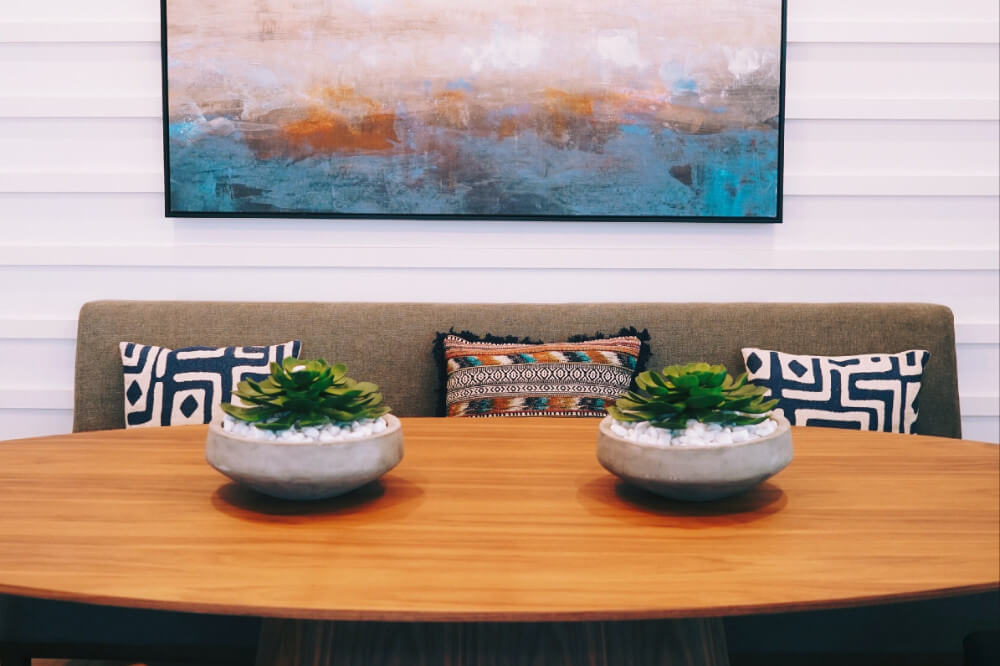 We don’t know how many of you out there watch home renovation shows, but we’re betting that it’s a fair number of the Restumping Melbourne blog readers. There are fewer things better than a rare day off work when you wake up in a panic and quickly realize that you have absolutely nothing to do but relax and recharge. Recharging can mean a number of things for different people, but science shows (science, people) the psychological and physical benefits of taking a load off and relaxing on the couch when you have the chance.
We don’t know how many of you out there watch home renovation shows, but we’re betting that it’s a fair number of the Restumping Melbourne blog readers. There are fewer things better than a rare day off work when you wake up in a panic and quickly realize that you have absolutely nothing to do but relax and recharge. Recharging can mean a number of things for different people, but science shows (science, people) the psychological and physical benefits of taking a load off and relaxing on the couch when you have the chance.
We love all sorts of different shows, but home renovation shows definitely drive our creativity as the team pushes ourselves to out-best our best. So, while we’re definitely enjoying ourselves, we’re also learning.
One of the most famous shows around the globe is Fixer Upper. The stars – Chip and Joanna Gaines have become icons and built a giant empire around their lifestyle brands and their ability to turn all sorts of spaces into dream homes. And there’s one key word that’s frequently used… shiplap.
First of all, what a fun word, right? But what is it? If you’re talking about the genuine article, shiplap is a specific sort of plank of wood. It can be used in all sorts of applications, both for your home’s interior and it’s exterior. Before our time, it was used on ships that the Vikings sailed. Obviously, it worked out for them! In modern times, you’ve probably seen it most in relation to farms – sheds, barns and the most historic of houses. That sounds like a lot of different styles of planks of wood, right? Well here – we’re talking about the installation. The grooves are the key indicator that you’re looking at shiplap, because they allow the plans to fit together in all sorts of manners.
Why do people love it so much? It is great in all sorts of weather, that’s why you see it both inside and outside and on all sorts of different styles of homes – and why the Vikings liked it so much when they were out at sea! Complementing that, (again, thanks to the grooves) you’re not going to see any kind of buckling or movement in the planks of wood, even if it is a particularly moist season.
A fun fact to leave you with… chances are good that you actually have shiplap in your building if you didn’t build it yourself, even if you live in a more modern home. It creates a premium flat surface that can live between the frame of the home and its interior wall. We’re not recommending that you peel back any layers of plaster, but if you did, you may just find some shiplap. It’s a great reminder for the Restumping Melbourne team and our readers that all elements of our home designs and the foundational reinforcements that we help support are rooted in important history and driving future innovations.

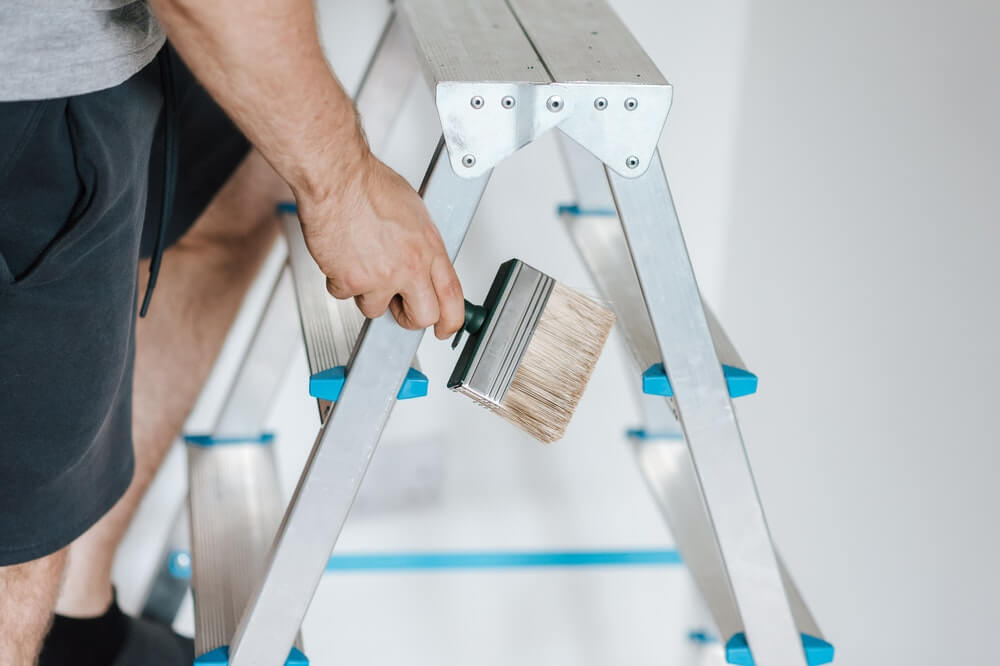 Painting your home is an experience that spans the spectrum for homeowners. It’s time-consuming – that’s for sure – and it really depends on how much value you’re going to get out of it. This article on the
Painting your home is an experience that spans the spectrum for homeowners. It’s time-consuming – that’s for sure – and it really depends on how much value you’re going to get out of it. This article on the 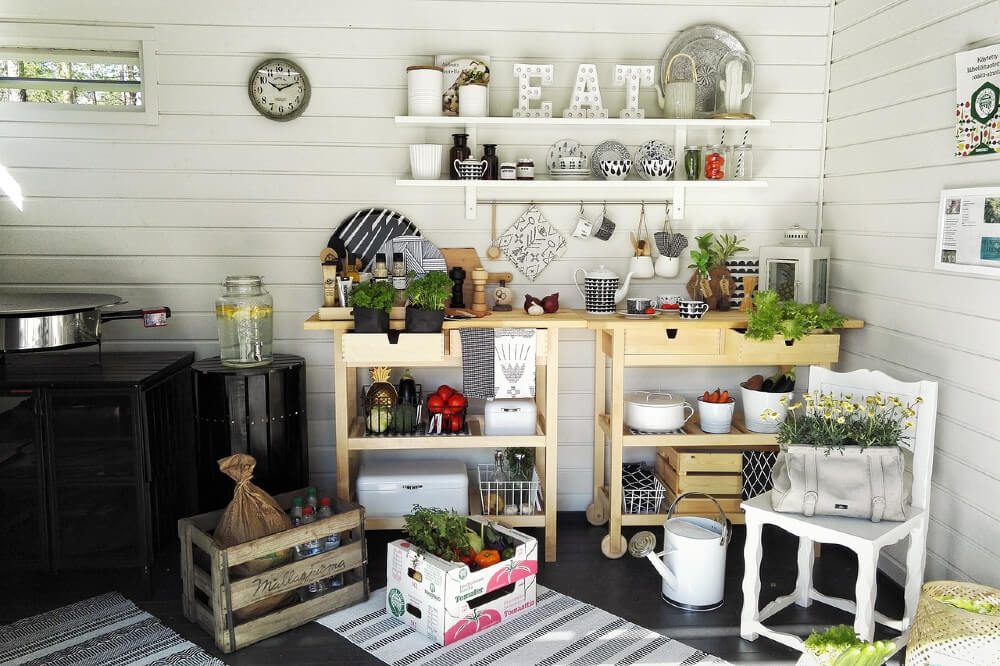 When you buy a home, there are a lot of considerations. You want to think through what works, what doesn’t, what’s worth it and what’s not. Sometimes, the price is just right and everything is in tip-top shape. Eternal optimists, but hey, it can happen. More often than not, it’s a question of deciding whether additional investment into your property to make it your dream home is worth it. We can’t make that decision for you, but having worked in this industry for decades, the
When you buy a home, there are a lot of considerations. You want to think through what works, what doesn’t, what’s worth it and what’s not. Sometimes, the price is just right and everything is in tip-top shape. Eternal optimists, but hey, it can happen. More often than not, it’s a question of deciding whether additional investment into your property to make it your dream home is worth it. We can’t make that decision for you, but having worked in this industry for decades, the  If you have a pet of any sort, you get it. Your life tends to revolve around them. As some of us say, “it’s your world… we just pay for it.” And there’s nothing wrong with that. In fact, it’s commendable. They’re another member of your household whose needs you need to keep in mind at all times. They can honestly be even higher maintenance than children sometimes. Children grow up and (hopefully) learn to take care of themselves. Pets, while very smart, will rely on you for their entire lives.
If you have a pet of any sort, you get it. Your life tends to revolve around them. As some of us say, “it’s your world… we just pay for it.” And there’s nothing wrong with that. In fact, it’s commendable. They’re another member of your household whose needs you need to keep in mind at all times. They can honestly be even higher maintenance than children sometimes. Children grow up and (hopefully) learn to take care of themselves. Pets, while very smart, will rely on you for their entire lives.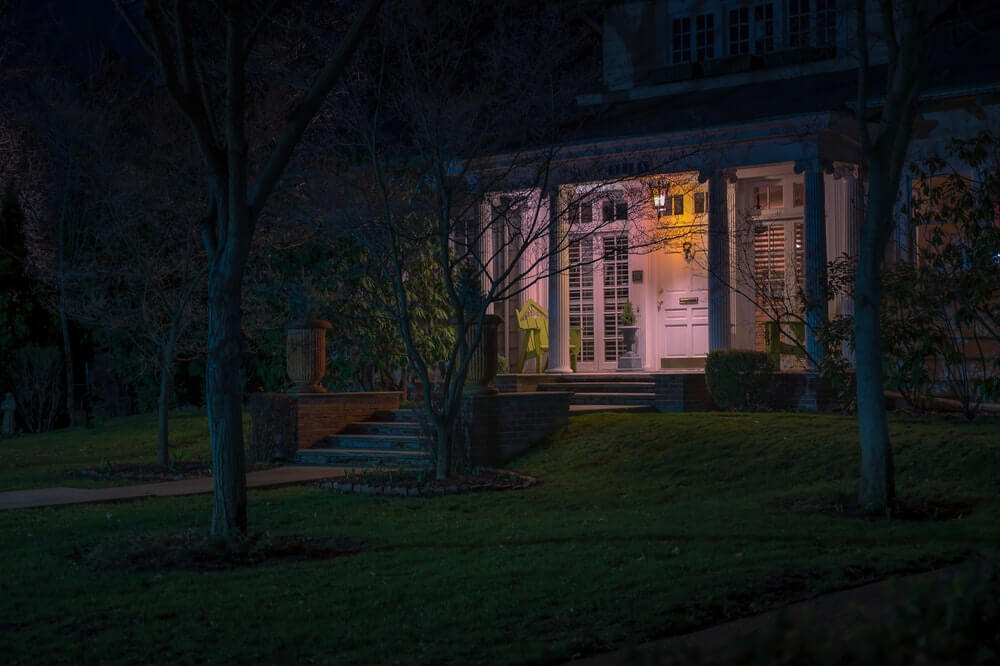 You know that if we’re doing more than one post on a topic, it’s something that we care about. Unfortunately, that’s an increasingly broad range of topics. As soon as the Restumping Melbourne team learned that our work plays such an important role in the puzzle of your home, we scampered in all sorts of different directions, learning as much as we possibly could.
You know that if we’re doing more than one post on a topic, it’s something that we care about. Unfortunately, that’s an increasingly broad range of topics. As soon as the Restumping Melbourne team learned that our work plays such an important role in the puzzle of your home, we scampered in all sorts of different directions, learning as much as we possibly could. There’s something so magical about driving down the street and seeing a particular house well lit up. You can tell that someone put a lot of thought and effort into their property if they’re investing that much time and creativity. Because setting up lights outside a house is hard! And the
There’s something so magical about driving down the street and seeing a particular house well lit up. You can tell that someone put a lot of thought and effort into their property if they’re investing that much time and creativity. Because setting up lights outside a house is hard! And the 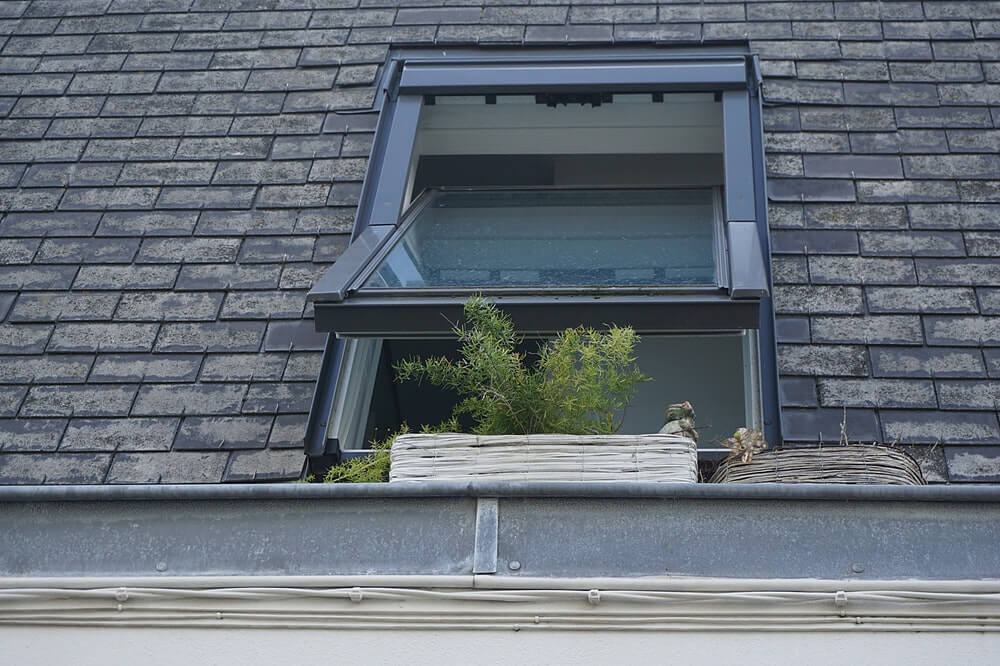 It would be nice to assume that when you move into a new home, it’s good to go. That you can cross over the threshold, dust off your shoes and cross
It would be nice to assume that when you move into a new home, it’s good to go. That you can cross over the threshold, dust off your shoes and cross 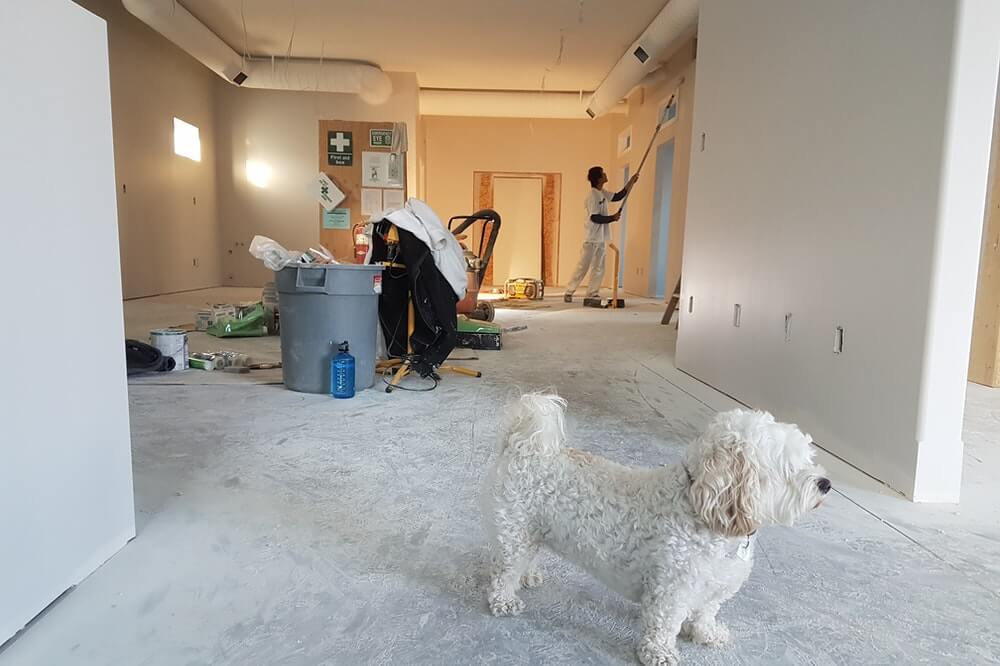 Raise your hands if you believe that
Raise your hands if you believe that 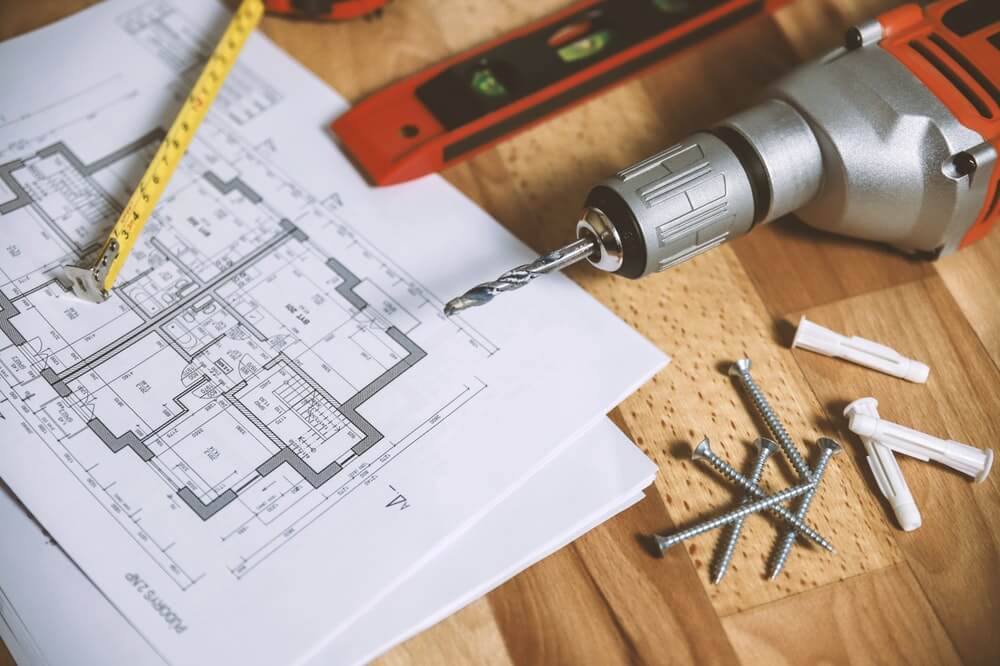 There’s an
There’s an  There is nothing like the satisfaction of a job well done after renovation. Everything looks brand new, ready to begin its second life. Nothing can ruin this. Until you hear movement from inside the walls because it turns out you have a rat infestation.
There is nothing like the satisfaction of a job well done after renovation. Everything looks brand new, ready to begin its second life. Nothing can ruin this. Until you hear movement from inside the walls because it turns out you have a rat infestation.